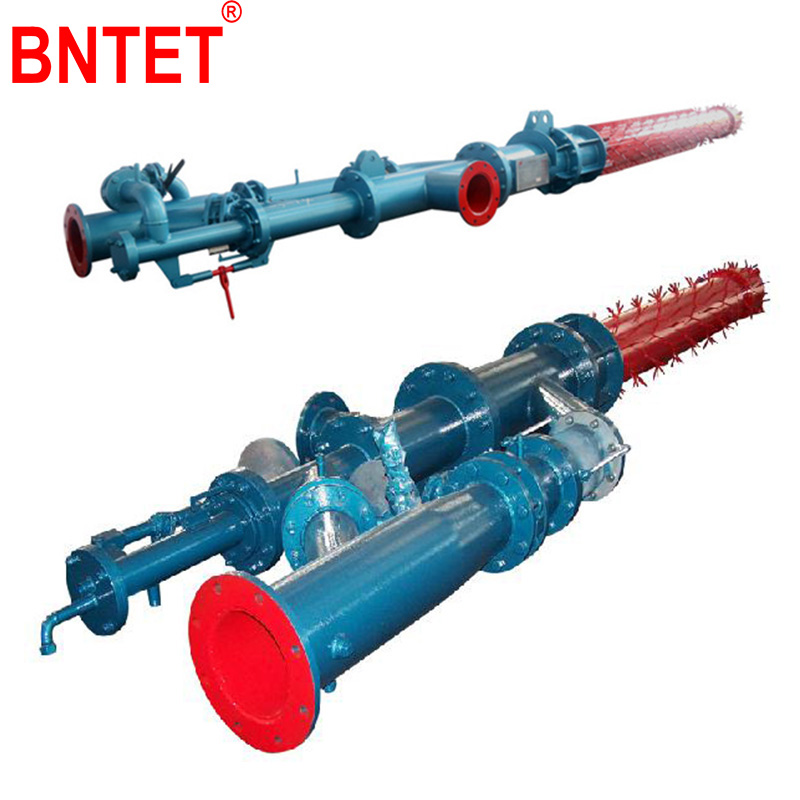Multi-channel rotary kiln burner for cement production

In the cement production process, the heat required for calcination comes from the high temperature generated by the combustion of the fuel. Usually natural gas, pulverized coal, diesel, etc. are used as fuel for multi-channel rotary kiln burners. In order to increase the output of the rotary kiln, prolong the service life of the kiln lining, and expand the application range of fuels, experts have done a lot of research, investigation and development work on the combustion performance of each fuel and the corresponding burner, so that the burner can be changed from the early single channel Developed into today's multi-channel burner. Of course, the theory and parameters of the product are mature and stable, but their use effects are different. The specific performance is that the same specifications and models of burners have different effects on the same rotary kiln from different manufacturers. The same industrial analysis may occur. The value of fuel will still fail to achieve the same effect. The main reason for this phenomenon is the adaptability of the design parameters of the burner to the working conditions of the rotary kiln. What are the characteristics of the multi-channel burner? BNTET will take you to find out.
1. Long service life of the product: The use of special materials at the nozzle can achieve the effect of anti-oxidation at a high temperature above 1200℃; at the same time, the entrance is protected by a wear-resistant ceramic layer, which can limit the erosion of the burner by coal powder.
2. Flexible online adjustment: The head section uses a stepless adjustment mechanism to facilitate online and flexible adjustment of flame strength and shape, improve operational adaptability, reduce the amount of primary air, effectively reduce nitrogen oxide emissions, and increase the service life of the kiln lining.
3. The fuel utilization rate is better, the adaptability is stronger, and the combustion efficiency is higher;
4. New energy-saving and environmentally friendly products, lower pollutant emissions;
5. It can not only realize the combustion of a single fuel to meet the thermal requirements of the system, but also use a variety of fuels to combust.